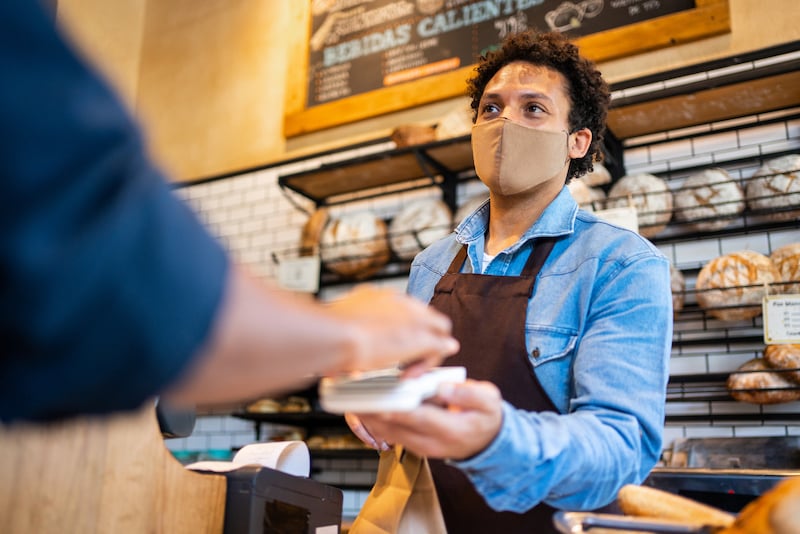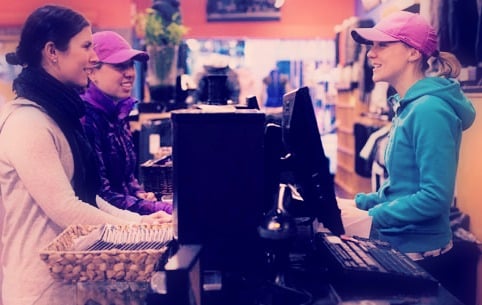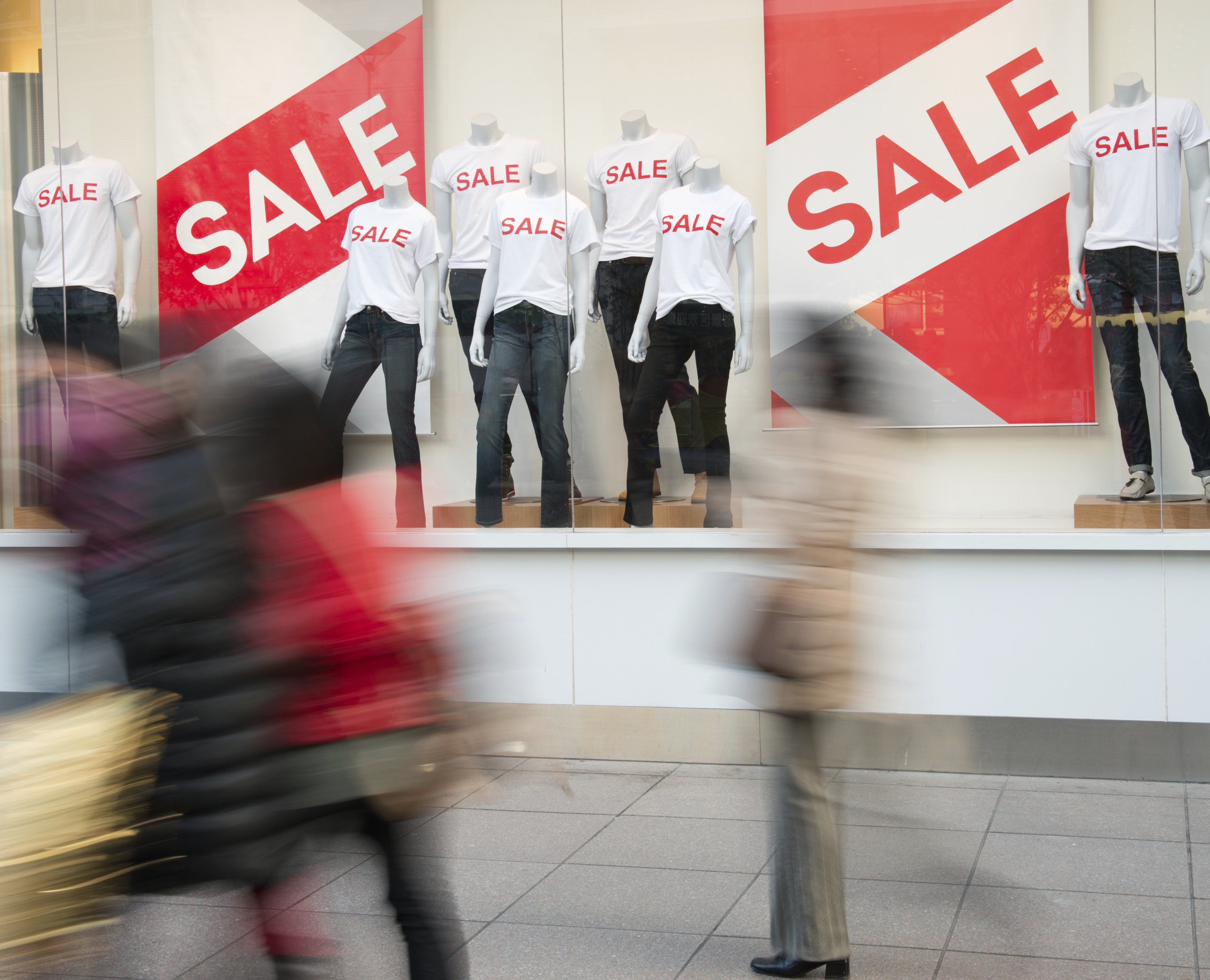Content Writer
Blog
Sean Claessen
Chief Stratefy Officer
Sean leads our creative and strategy teams and has been a leader with us since 2008. He has extensive experience in youth marketing, heavy digital innovation and developing experiential campaigns for brands such as The Home Depot, BlackBerry, Ford, SCENE, Cineplex, West 49, the SPC program, Solo Mobile, Mattel, Puma, various ministries of the Ontario Government and several not-for-profit organizations and causes.
When Sean Claessen solves for X, he always asks why. Through relentless curiosity, he has coalesced creativity and analytics, evolving the traditional strategy role to mesh finances and data to visual acumen and design thinking. After years of living in Ad Land, he wanted to give clients results, not just a string of F-words: Fleeting—Frivolous—Fun work—instead, work that could better use space, time, and money to solve problems. He joined Bond in 2008, as Executive Creative Director, and has taken years of millennial marketing, experiential excitement and an appetite for innovation into new realms. He now draws on Loyalty and Customer Experience vocabularies to innovate better in-store, digital, and people-related solutions that create return on investment and return customers. A firm believer that disruption and rapid "pretotyping" offers all new possibility, he's relentless about agile testing and perpetual iteration. He thinks bigger, goes beyond, and shines light where others would just shoot in the dark. Sean has been instrumental in solutions for big brands like Under Armour, New Balance, Sephora, AVEDA, Ford, Harley-Davidson, and UFC. His experience spans Financial Services to Manufacturing, Retail to Hospitality, because he doesn’t just address problems; he nurtures potential—in both his clients and his team. A regular speaker and frequent industry commentator, at conferences and for publications around the world, Sean brings insight and entertainment to any topic. He is a natural-born leader who is both brilliant and electric. Through example and action, he energizes people and brands to want more, do more, and be more.A focus on mixing traditional and non-traditional creative, the breadth of tactical knowledge, governed by strong strategy that's founded in consumer insight, make Sean a valuable contributor to our Executive Leadership Team. Leading a team of Strategists, Creative Directors, Art Directors and Writers, Sean’s focus is on creating valuable and potent brand experiences for our clients that blur the line between breakthrough Creative and innovative Strategy. Sean is a frequent speaker at conferences throughout North America, focused on Brand Experience, Loyalty, Digital vocabularies like Social and Mobile.
Recent Posts
Discounts have increasingly dominated the path to customer loyalty reshaping how businesses approach customer retention and engagement. This shift is evident across various industries, from retail and hospitality to online services, where discounts are used as primary tools to entice and retain customers. This trend, while beneficial in the short term, has profound implications for the long-term health of loyalty programs and customer relationships.
The appeal of discounts lies in their immediacy and perceived value. For consumers, discounts offer instant gratification and tangible savings, making them highly attractive. Businesses, on the other hand, see discounts as an effective way to drive quick sales, clear inventory, and attract price-sensitive customers. The rise of e-commerce has further fuelled this trend, with flash sales, promo codes, and exclusive online discounts becoming commonplace. This approach is exemplified by events like Black Friday and Cyber Monday, which generate massive sales through deep discounts.
However, the heavy reliance on discounts can undermine the foundational goals of loyalty programs. Traditional loyalty programs aim to build long-term relationships with customers by rewarding repeat purchases and fostering a sense of belonging and appreciation. These programs often use points, tiers, and exclusive perks to create a sense of progression and exclusivity. When discounts overshadow these elements, the focus shifts from long-term engagement to short-term gains.
Why the human interface of your brand needs to come first right now
With the online holiday shopping frenzy just around the corner, Bond announced our truly exciting partnership with Uber Direct, Uber’s retail-focused delivery service that just launched in Canada.
A funny thing is happening in the loyalty industry. Consider the average North American consumer is enrolled in a record 13 formal programs that include typical features like monetary rebates, points and discounts to lock members in and keep them coming back. Now consider that actual participation in those programs (that is, customers engaging and making purchases) shrank 14% from the previous year, according to the 2015 Bond Loyalty Report.
The widespread availability of these programs is outpacing consumer demand. This oversupply is creating a growing sense of customer indifference toward the most potent mechanisms that differentiate a brand.
Funny, right? Not so much.
Why the best forms of loyalty don’t look anything like loyalty.
There are two kinds of people in this world: those who blindly recite their contact information when retailers ask them for their email or phone number, and those who refuse to give up the goods.
On a recent trip to Lululemon, I was amused when my wife was asked for her contact info at the checkout. “Why do you need that?” she asked the eager yogi behind the counter. She was told it makes it easier for her to return or exchange her purchase—even if she lost the receipt. Well, she declined without batting an eye, leaving me to wonder why a brand that makes and sells its own apparel would choose such a bland and inflexible benefit to get customers to self-identify.
But I digress.
How your smart home thermostat controls more than just the temperature.
Think loyalty programs are confined to the plastic cards in your purse or wallet? Or that loyalty is less about the love you have for a brand and more about the point or perk attached to an airline or credit card?
Those points and rewards have been carefully designed to coerce you to choose to shop at specific retailers, increase your basket size, and make you feel like you need to do it all more frequently, consistently, and…automatically.
There is no debate. Retail has largely been an anonymous and aggregate game. The public sale is pervasive and perpetual, and the arms race to deeper discounts was in full swing during the holidays. But, some of this past season’s sales results suggest there may be fatigue in this model. Our recent Holiday Study suggests that good old brand loyalty may play a more important role in holiday shopping than previously believed. With over 40% of a retailer’s sales happening during the holidays, it’s a critical time to attract new customers, but also key is to focus on retaining existing customers who often account for 55-70% of sales.
All of Marketing is caught up in #CannesLions —but what’s the celebration really about? When we say that ‘All Marketing is Loyalty’—we mean it. Every step in the loyalty lifecycle that begins with acquisition and *must* continue in the form of an ongoing relationship, are equally important. Brands who do well by their loyal customers, offering them new and innovative experiences, are more profitably succeeding - if those experiences are good, they will tell others for you. We see this ideal in the submissions for this year’s Direct Lions and we are offered a close up look at what triggers bonding with a brand beyond the monetary.








